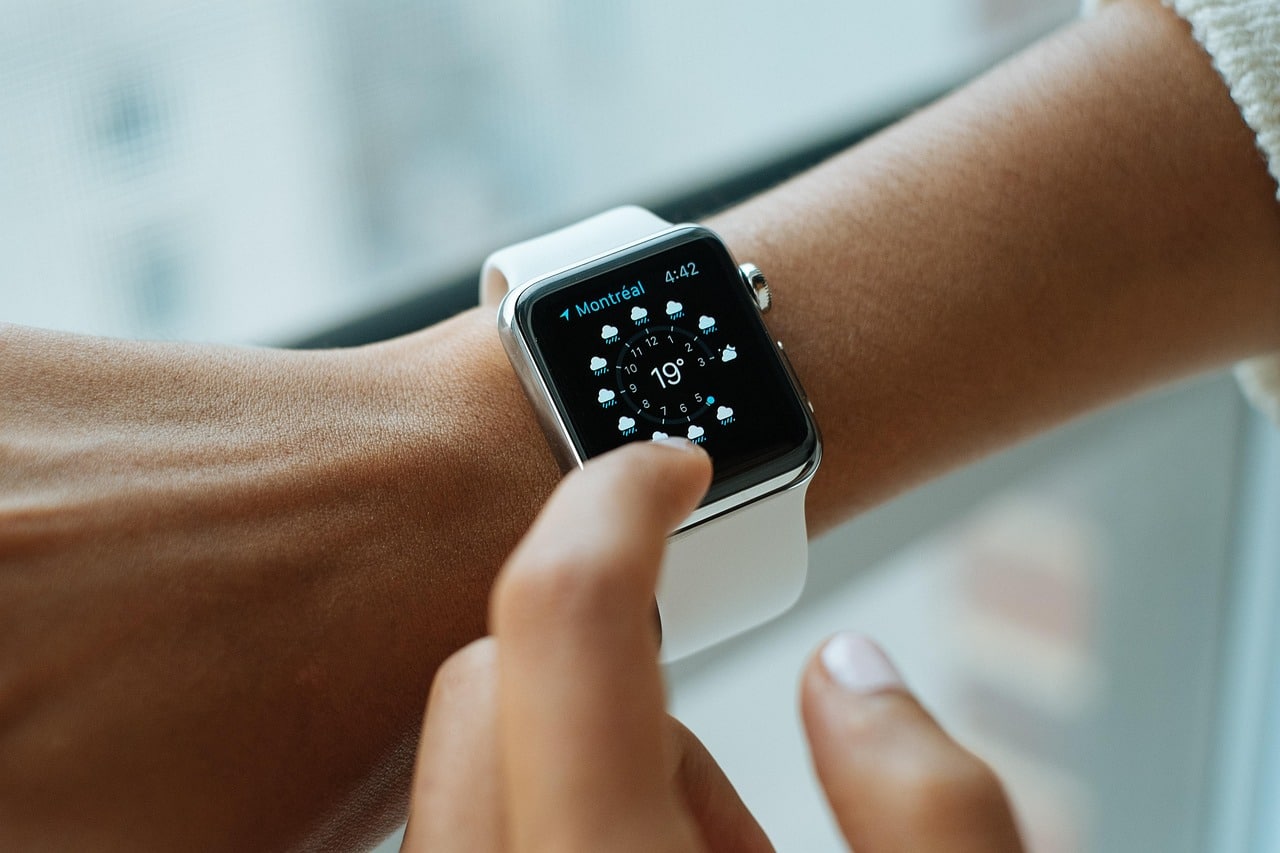Table of Contents
The 2020-2021 worldwide pandemic transformed the world of global professional sports in basic ways that ring on throughout the sporting world. First, they were short-term improvisations to an unprecedented emergency, which, through the years, evolved into stable solutions that supplanted conventional models and ignited innovations that might have taken two decades to implement otherwise.
The Empty Arena Period and Digital Shift
Perhaps most notably, stadiums fell silent as governments grappled with health regulations that prohibited mass gatherings. The absence of fans created an unprecedented environment in which players played in front of cameras rather than crowds, entirely altering the psychological dynamics of competition. Television shows adapted by incorporating artificial crowd noise and innovative camera angles to cover the unnatural quietness, which initially disappointed audiences and competitors alike.
Sports institutions rapidly turned to online engagement mechanisms, understanding that fan attachment had to be reinvented beyond territorial association. Leagues discovered that several found that virtual fan experience could complement attendance as opposed to being a mere substitute for it. The industry of betting experienced unprecedented expansion within this period, as many enthusiasts turned to online betting site platforms as an alternative means of engagement with stadiums closed. This shift was a part of an even broader revolution in sports consumption, as fans left behind passive watching and moved to active participation through new media.
The financial consequences were phenomenal as revenue sources that had sustained professional sports for generations literally evaporated. Gate receipts, concession sales, and merchandise income plummeted while broadcast partnerships became increasingly essential to organizational viability.
Health Protocols and Performance Modifications
Sports performance itself was put under the microscope as health measures introduced variables never previously accounted for in competitive sports. Regular testing protocols, quarantines, and contact tracing created scheduling uncertainties that required unprecedented flexibility from athletes, coaches, and administrators.
Training practices transitioned rapidly from conventional facilities, which are currently off-limits or restricted, as the world went online. Home training, online sessions, and reconfigured equipment arrangements became the new norm rather than a transitional measure. The provision of training availability through channels such as Melbet Instagram Bangladesh and similar social media avenues democratized opportunity for sportsmen to learn from each other and remain engaged while physically displaced. These changes revealed both sports preparation tractability and the importance of technological infrastructure in guaranteeing competitive readiness.
Competition formats themselves were overhauled. Tournament structures shortened, playoff systems were altered, and season durations adjusted to accommodate health-related breaks. These changes squeezed the elasticity of sports which had maintained relatively unchanged configurations for decades.
Technological Acceleration and Innovation
The pandemic accelerated the adoption of technology in almost all domains of the sports business. Video analysis software improved, wearable technology gained significance for broad health monitoring rather than performance metrics, and AI applications entered fields previously recognized as too sensitive for algorithmic control.

Telecasting transformed beyond traditional coverage paradigms as networks experimented with immersive technology and interactive viewing. The following innovations came into prominence, particularly during this period:
- Enhanced Statistical Enrichment: Real-time visualization of data became the standard, providing viewers with an unmatched depth of analysis within live broadcasts
- Virtual Reality Experiences: Certain companies designed VR environments to allow viewers to observe games from different angles, like court-side and player views
- Interactive Social Features: Live polling, prediction sports games, and social media integration made passive viewing active entertainment
- Augmented Commentating Systems: AI-powered stat analysis tools provided commentators with real-time statistical comparison and historical context that had previously required tedious preparation
These innovations fundamentally reshaped viewer expectations and raised new standards for coverage of sports that extend beyond pandemic restraint.
Economic Restructuring and Market Adaptation
Financial models for professional sports were extensively recalibrated as traditional assumptions of revenue did not hold up in the crisis. Companies diversified revenue streams, expanded into new partnerships, and reworked core assumptions around market sustainability.
| Revenue Stream | Pre-Pandemic Status | Pandemic Impact | Post-Pandemic Evolution |
| Gate Receipts | Primary income source | Eliminated/Severely reduced | Recovered with enhanced premium experiences |
| Broadcasting Rights | Stable, predictable | Renegotiated terms | Expanded to include streaming platforms |
| Sponsorship Deals | Traditional partnerships | Creative digital integration | Data-driven, performance-based agreements |
The reorganization extended beyond the short-term financial concerns to incorporate long-term strategic considerations. The majority of organizations emerged with more robust digital infrastructure and diversified revenue sources that better protected them against subsequent shocks.
Legacy and Enduring Change
The effect of the pandemic on sport extends well beyond ad hoc health measures, creating enduring shifts in the structure, engagement with, and commercialization of sport. Remote working arrangements for administrative functions, enhanced digital supporter experiences, and flexible competition formats are now the norm instead of being the exception.
The athletes themselves became more flexible and tech-literate, abilities which boost competitive as well as long-term professional performance. The crisis demonstrated that innovation often stems from the need to be driven, which suggests that sporting organizations would be well advised to regularly question prevailing wisdom even without external pressures.
Rather than following the previous pandemic norm, the sports world has embraced a hybrid model that combines old-fashioned tradition with improved technology and operating room flexibility—a movement that ultimately solidified the ground upon which modern athletics continues to move ahead.


